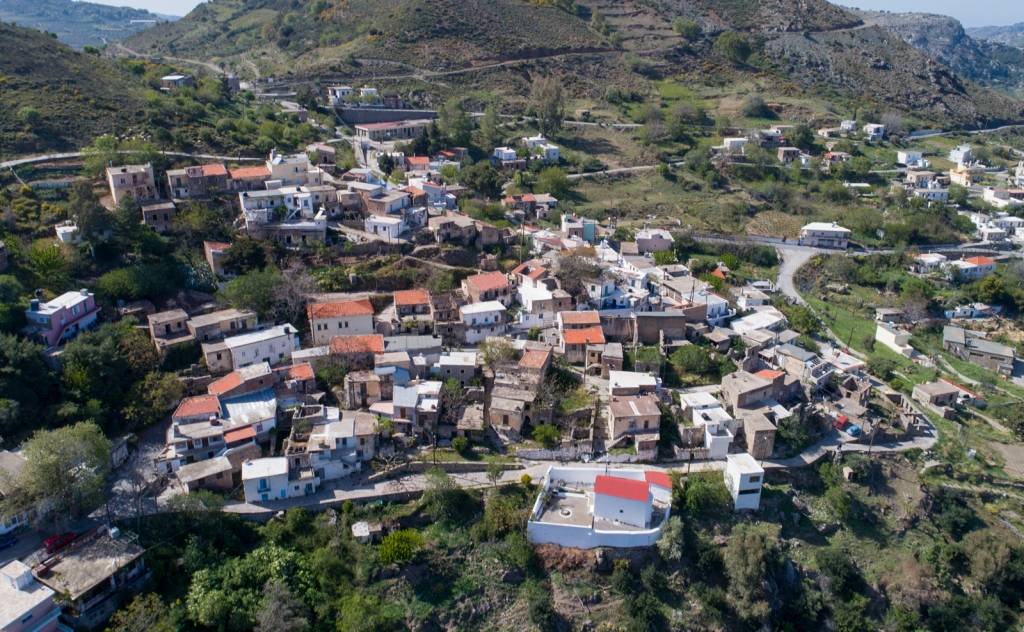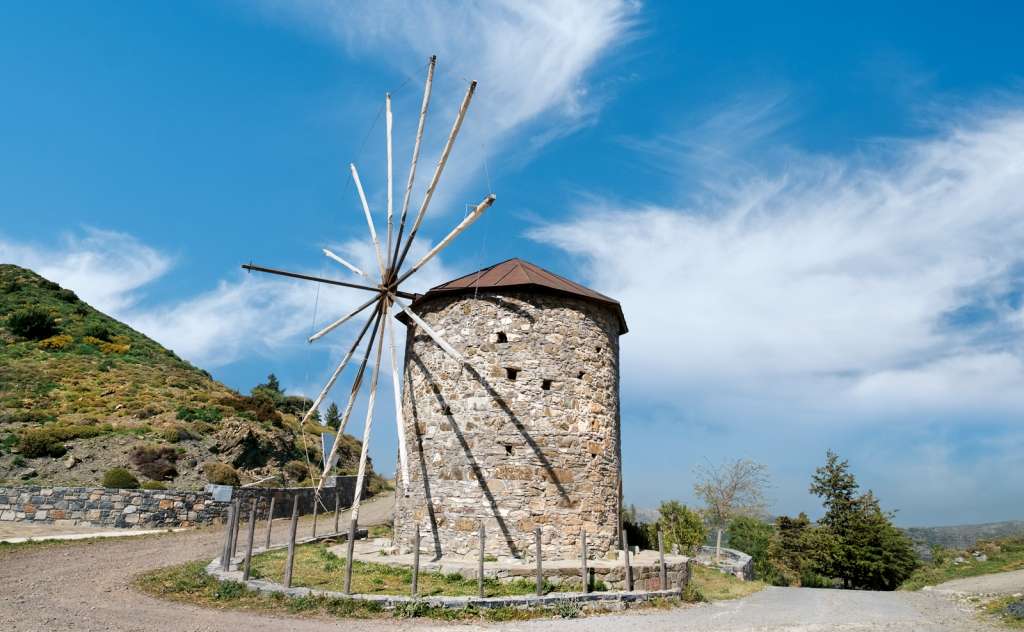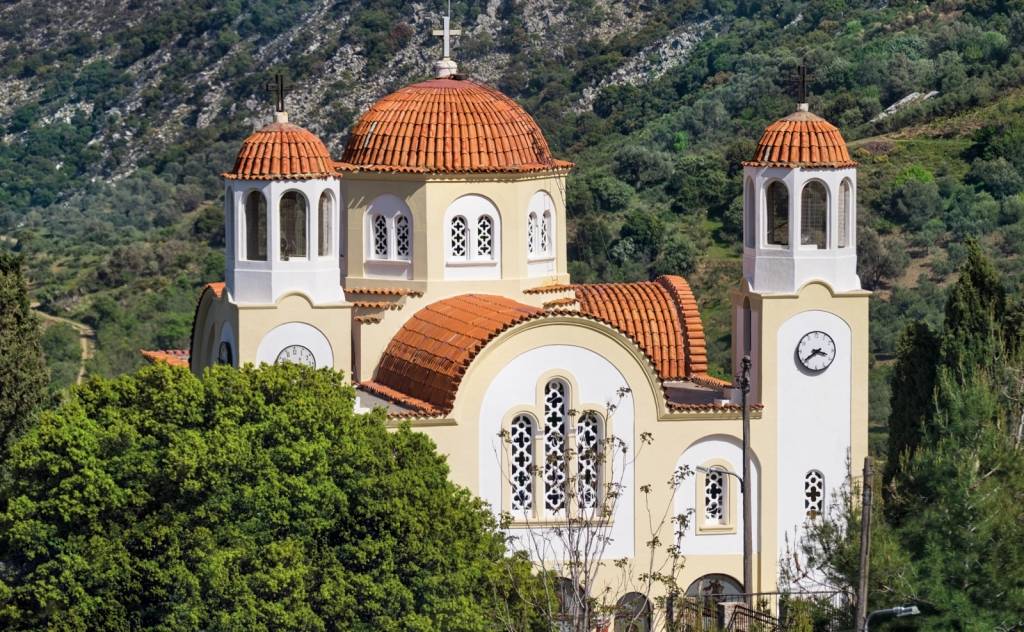






The mountain settlement of Gonies is built on the "Filiorimo" hill of Psiloritis, at an altitude of 620 meters. It has about 325 permanent residents. It is 26 km from Herakleion and has lovely natural monuments, such as the plateau of Evdomos (the Seventh).
A Minoan sanctuary was found at the top of the "Filiorimos" hill, while the Minoan Palace of Sklavokampos was unveiled in the village of Gonies. The village is mentioned in 1301 as Goneis in a lease contract of notary B. de Brixano, while in 1583, it is mentioned by P. Castrofilaca as Gognes and in 1671 as Gonyes.
Gonies was the only village that did not worship the Turks, who destroyed it repeatedly. In 1830, 74 inhabitants of the village were massacred at the Evdomos (seventh) location. During the Revolution of 1866, the Eastern Crete Committee was based in the village, headed by the abbot of the Jerusalem Monastery of Malevizi, Meletios Kalisperakis.
Extensive excavations in the settlement area have not been carried out. Still, several archaeological sites have been identified, which document a human settlement for the first time in the area in the Neolithic era, while human presence continued until the Roman period. At the foot of the settlement, the visitor can see the renovated windmill of 1904-1905 and, at the top, the church of Prophet Elias. When they dug to establish it, a sanctuary of the Middle Minoan era was discovered (where the Mountain Mother and the Potnia of Therons were worshipped), consisting of two consecutive, carelessly built spaces.
East of the settlement, the visitor meets the Mansions district, which belonged to the influential citizens of the area in ancient times. Here, a Neolithic settlement was discovered where a small pilot excavation brought to light a building with thick, for the time, walls. Among the findings is a sizeable Neolithic vessel, the part of a hammer and a bronze manual. In the same district, there is a Venetian fountain, known as the "fountain of the Lion" (the old aqueduct of Gonies), as well as the Byzantine church of the Virgin (the Assumption of the Virgin). The church was built in the 13th century with frescoes and a magnificent wood-carved iconostasis.